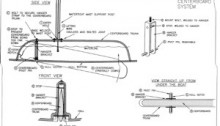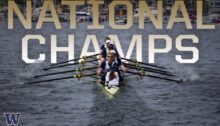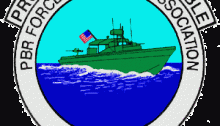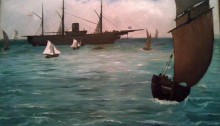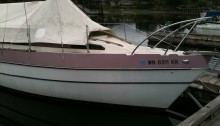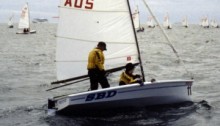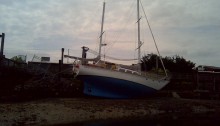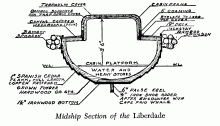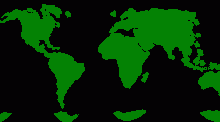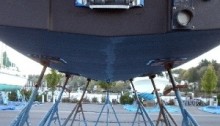Centerboard Slot, Gybing board, Forward Rudder and Canard
The nature of the Murrelet centerboard is not well understood. MacGregor Yachts states in the cruiser’s brochure that A long, thin airfoil is far more efficient than a short, wide one. This is why racing sailboat keels are deep, and why sailplane wings are long and thin. The relationship between the fore and aft width of the board…
